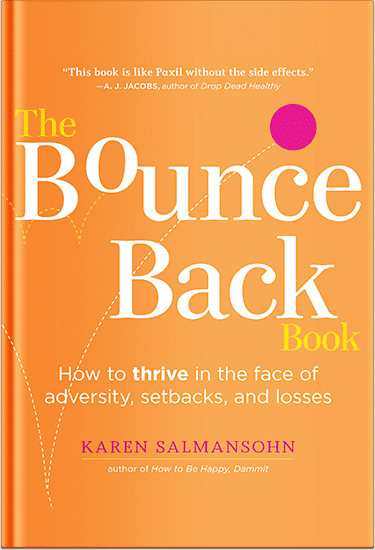 Read on for a range of alternative ideas if you can’t see a local therapist in your area near you.
Read on for a range of alternative ideas if you can’t see a local therapist in your area near you.
If you or someone you know has recently tried to begin working with a therapist, you may have found that it isn’t that easy to get on their schedule. With depression and anxiety becoming more and more common since the pandemic began, we are seeing a shortage of counseling available.
Some counselors do not have appointments available soon enough, some have long waiting lists. And some are not even accepting new patients.
It is important to have some other options to help you navigate through this difficult time.
I’m sharing about this because I’m a bestselling wellness author with about 2 million books sold globally.
Plus I founded the therapist recommended video course called The Anxiety Cure.
With this in mind, I created this article – loaded up with alternative ideas if you cannot see a local therapist near you.
5 Alternatives If you Can’t See a Therapist in Your Area
Here are 5 alternatives if you’re having trouble seeing a local therapist.
1. Be Flexible
If you are finding it difficult to schedule an appointment with a counselor when it is most convenient for you, consider taking a day off for your mental health. If taking a day off of work or school is not an option for you, try looking for an office that offers telehealth appointments. Teletherapy Services in Los Angeles offer an innovative and flexible method for your mental health treatment. This option will provide you private and remote care.
2. Find a Therapist in Training
Look into university or college programs that have therapists-in-training working toward their degrees. You may find a student that has been licensed prior to earning their degree. These students need to earn field hours and are often an option that is less expensive. It may not sound like the best choice, but typically these students are being monitored by a highly qualified professional. Or explore a Master Mindset coach. These alternatives would actually give you an extra set of ears and eyes watching over your treatment.
3. Support Groups
Another great option to take advantage of is support or therapy groups. Check with your insurance company or ask your primary care physician for a credible clinic. Therapy groups are led by professionals and tend to be organized based on a diagnosis. You will likely find others who are working through similar struggles as you in these settings which can be very comforting.
4. Use Hotlines
If you or someone you love are in crisis and cannot reach a mental health professional, you can call or text a hotline. The most used hotline is 988; this is the Suicide and Crisis Lifeline. Calling in or texting will connect you with a highly trained therapist. There are other hotlines available for other specific concerns such as substance abuse as well. If you or someone you know is experiencing suicidal thoughts, it is best to try to get to an emergency room or call 911.
5. Smartphone Apps
Believe it or not, you can find help right on your phone. Apps offer both services from trained therapists and self-help approaches. Using an app while you have to wait for a scheduled appointment or find an available therapist may be just what you need during the wait. No matter where you are in your mental health journey, you may find apps to be beneficial. Some apps are focused on meditation, coping with grief and loss, or depression.
Get Support To Manage Anxiety
Explore my therapist recommended online course: The Anxiety Cure.
Think happier. Think calmer.
Think about subscribing for free weekly tools here.
No SPAM, ever! Read the Privacy Policy for more information.
One last step!
Please go to your inbox and click the confirmation link we just emailed you so you can start to get your free weekly NotSalmon Happiness Tools! Plus, you’ll immediately receive a chunklette of Karen’s bestselling Bounce Back Book!


 Read on for a range of alternative ideas if you can’t see a local therapist in your area near you.
Read on for a range of alternative ideas if you can’t see a local therapist in your area near you.